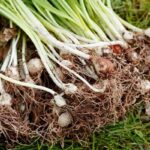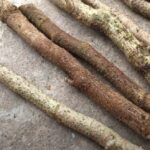The kidneys are vital organs in the body’s urinary system, primarily responsible for filtering blood and removing excess ure and minerals. These waste products are transported through the ureters to the bladder for excretion. When there is an excessive buildup of minerals in the kidneys, they can form solid, crystal-like structures called kidney stones. This common condition can increase the risk of developing chronic kidney disease.
Lifestyle factors such as dehydration, a high-salt diet, physical inactivity, and obesity, as well as medical conditions like diabetes, hypertension, urinary tract infections, and hyperparathyroidism, are often the causes of kidney stones.
While kidney stones can sometimes pass without treatment, timely medical intervention is crucial to prevent potential complications such as renal function impairment, ureteral perforation, kidney infections, and hematuria (blood in the urine). Kidney stones are also a leading cause of kidney failure, making early detection and treatment essential.
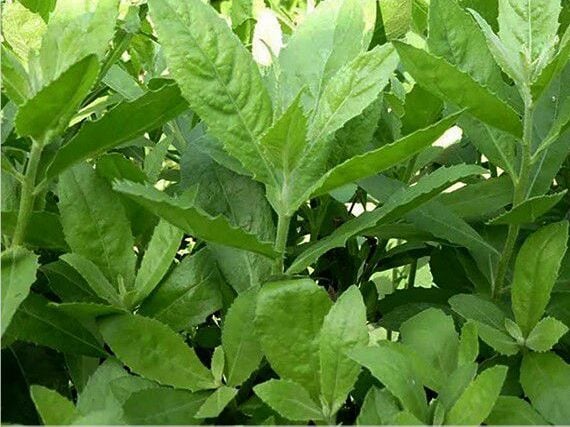
Tanacetum
Treatment for kidney stones now involves not just medication but also lifestyle changes, including adopting a healthy diet and engaging in regular physical activity. Traditional medicine offers a range of herbal remedies for preventing and treating kidney stones. One such herb is Tanacetum, also known as the ‘kindly plant.’
Tanacetum, once a wild-growing herb, is now a delicacy when cooked with carp.
According to Nguyen Tri Phuong Hospital, Tanacetum is a precious herb in traditional medicine, known for its cooling properties and bitter taste. It is commonly used to treat headaches, fever, urinary retention, joint pain, and kidney stones. Native to India and Malaysia, Tanacetum grows on mountain slopes and hill sides and is most commonly found in the provinces of Thanh Hoa, Nghe An, and Ninh Binh. It is also cultivated by locals as a fence plant.
In traditional medicine theory, Tanacetum acts on the kidney and lung meridians, helping to relieve stress. Folk medicine utilizes this herb in various remedies to treat fever, improve digestion, address rheumatic issues, alleviate joint pain, and relieve urinary retention.
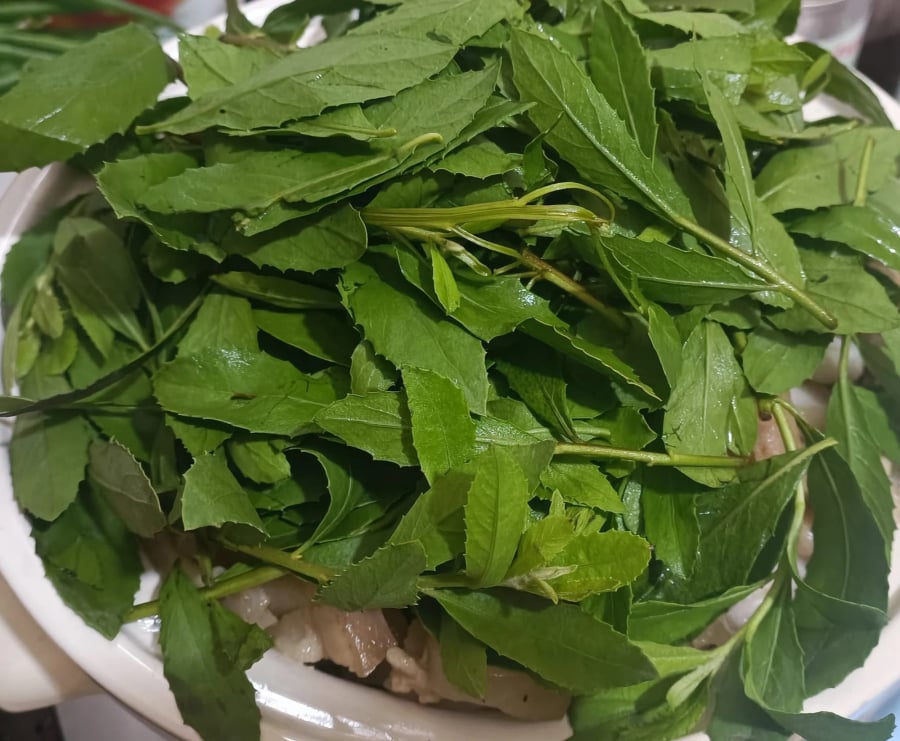
According to Traditional Medicine Theory, Tanacetum Acts on the Kidney and Lung Meridians, Helping to Relieve Stress
Modern medicine highlights Tanacetum’s abundant essential oil content, which includes vital nutrients such as lipids, calcium, vitamin C, cellulose, protein, carotene, and iron. The leaves and young branches are the most commonly used parts of the plant. While Tanacetum was once grown primarily for fencing, it is now a popular ingredient in food preparation. It is often cooked as a soup with fish or meat, stir-fried with eggs, or used in salads. Notably, a specialty of many northern provinces, especially Gia Lam in Hanoi, is carp cooked with Tanacetum.
Recently, a group member named My Hoa shared images of a dish made with Tanacetum and snakehead fish in a home-grown clean vegetable group. According to My Hoa, consuming Tanacetum has long been a habit, not only for its kidney benefits but also for its positive effects on the stomach.
According to Doctor Nguyen Thi Van Anh of the Vietnam Institute of Traditional Medicine, Tanacetum is a well-known folk medicine widely used in various remedies, especially for kidney-related issues. In fact, the triterpenoid compounds and essential oils, including palmitic acid, limonene, and myristic acid, found in Tanacetum, are effective in treating kidney stones.
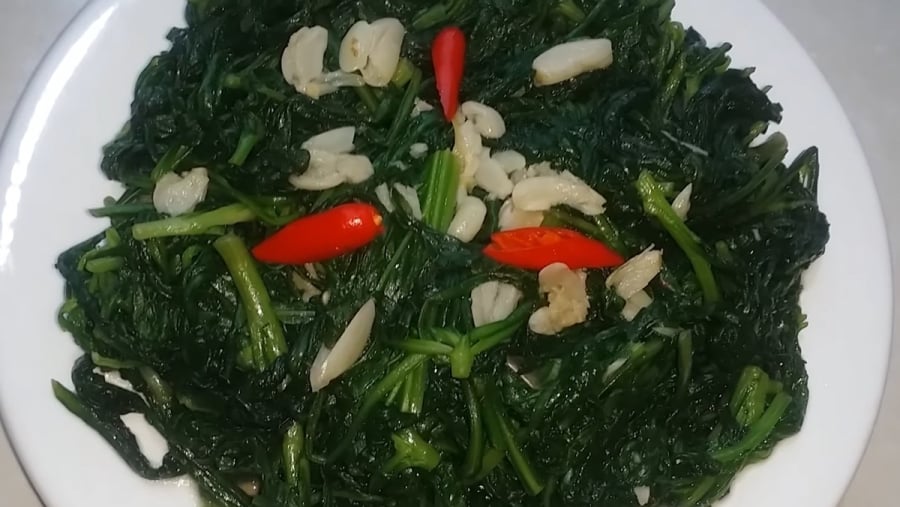
Doctor Nguyen Thi Van Anh from the Vietnam Institute of Traditional Medicine
To prevent and treat kidney stones, you can use 40g of dried Tanacetum leaves or 100g of fresh, cleaned leaves, boiling them to make a daily drink. This not only relieves urinary retention but also enhances kidney function.
Additionally, Tanacetum can be combined with other medicinal herbs such as polygonum multiflorum (he shou wu), plantago major (plantain), centella asiatica (gotu kola), and polygonum aviculare (knotgrass). Whether used fresh or dried for infusions, these herbs benefit not only the kidneys but also support joint health, liver function, and improve overall immunity.
Finally, Doctor Van Anh advises that using Tanacetum for medicinal purposes requires consultation with healthcare professionals. For individuals with kidney stones, regular check-ups and monitoring of stone size are crucial. If the stones are larger than normal, doctors will recommend appropriate treatment options.

























